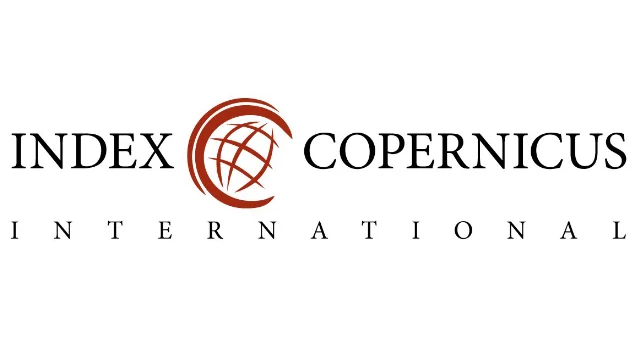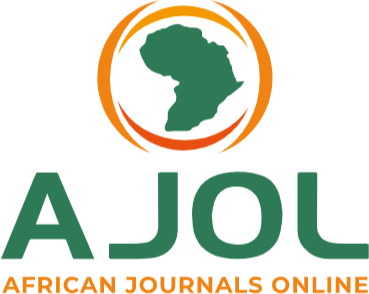Faith, Technology, and Safety: A Theoretical Framework for Religious Leaders Using Artificial Intelligence to Advocate for Gun Violence Prevention
Keywords:
AI-driven advocacy, Faith-Based Advocacy, Gun Violence Prevention, Supervised Learning, Unsupervised Learning, Reinforcement LearningAbstract
Gun violence remains a pressing moral and public health crisis, necessitating innovative approaches to advocacy within faith communities. This conceptual paper explores the potential of artificial intelligence (AI) to enhance the advocacy efforts of religious leaders in combating gun violence. Drawing on social capital theory and techno-ethical frameworks, it examines how AI-driven tools—such as supervised learning for data-driven messaging, unsupervised learning for community trend analysis, reinforcement learning for adaptive advocacy strategies, and hybrid models for comprehensive engagement—can amplify the moral and social influence of religious communities. The study addresses ethical challenges, including privacy concerns, algorithmic bias, and the risk of dehumanizing advocacy efforts, proposing guidelines for responsible AI use. Emerging trends, such as federated learning and explainable AI (XAI), are explored as future directions for faith-based advocacy. Regulatory frameworks, including data protection laws and ethical AI standards, are considered for their role in ensuring equitable and transparent technology adoption. This article provides a theoretical foundation for researchers, religious leaders, and policymakers to advance AI-driven advocacy, offering recommendations to align technology with faith-based values in the pursuit of safer communities.
Downloads
Published
Issue
Section
Similar Articles
- Irene Edem Johncross, Fanifosi Seyi Josiah, Abidemi Obatoyinbo Ajayi, Resource recovery from Sugar Cane Biomass for the Synthesis of Silicon Nanoparticles , Communication In Physical Sciences: Vol. 12 No. 1 (2024): VOLUME 12 ISSUE 1
- Maxwell O. Akpu, Nnanna A. Lebe, Nwamaka I. Akpu, Lattice Instability in metallic elements: A Review , Communication In Physical Sciences: Vol. 12 No. 2 (2025): VOLUME 12 ISSUE 2
- Richard Alexis Ukpe, The Investigation of the Corrosion Inhibition Efficiency of Aqueous extract of Vernomia Amygdalina for Mild Steel In Various Concentrations of HCl , Communication In Physical Sciences: Vol. 10 No. 1 (2023): VOLUME 10 ISSUE 1
- Comfort M. Ngwu, Stevens A. Odoemelam, Jude C. Nnaji, Chemical synthesis and characterization of zinc, iron and carbon-based nanoparticles and their nanocomposites , Communication In Physical Sciences: Vol. 5 No. 4 (2020): VOLUME 5 ISSUE 4
- Edoise Areghan, From Data Breaches to Deepfakes: A Comprehensive Review of Evolving Cyber Threats and Online Risk Management , Communication In Physical Sciences: Vol. 9 No. 4 (2023): VOLUME 9 ISSUE 4
- Okoro Gladys Ihuoma, Nnochiri Ifeoma U., Design and Implementation of an IoT Microcontroller Power Protection and Control System , Communication In Physical Sciences: Vol. 12 No. 5 (2025): Vol 12 ISSUE 5
- Ubong Ime Essien, Anduang Odiongenyi, Clement Obadimu, Iniobong Enengedi, Investigation of Snail shells as an Adsorbent and Precursor for the synthesis of Calcium Oxide Nanoparticles for the Removal of Amoxicillin from Aqueous Solution , Communication In Physical Sciences: Vol. 9 No. 4 (2023): VOLUME 9 ISSUE 4
- Onyeije Ugomma Chibuzo, Imeh Okop, Chemical Information from GCMS Analysis of Acetone Extract of Piper guineense Leaves. Part 1 , Communication In Physical Sciences: Vol. 5 No. 4 (2020): VOLUME 5 ISSUE 4
- Chinedum Ifeanyi Nwankwo, Onuchi Marygem Mac-Kalunta, Godfrey Ogochukwu Ezema, Nwokedi Anslem Kenecukwu, Uzoefuna Chima Casmir, Ndu Chidiebere Kingsley, Onuoha Peter Chibuzo, In Silico Anti-Inflammatory Activities of Abelmoschus Esculentus Derived Ligands On Cox-2 , Communication In Physical Sciences: Vol. 12 No. 3 (2025): VOLUME 12 ISSUE 3
- Chidumebi Uzoho, The Public Health Impact of Airborne Particulate Matter: Risks, Mechanisms, and Mitigation Strategies , Communication In Physical Sciences: Vol. 12 No. 2 (2025): VOLUME 12 ISSUE 2
You may also start an advanced similarity search for this article.




